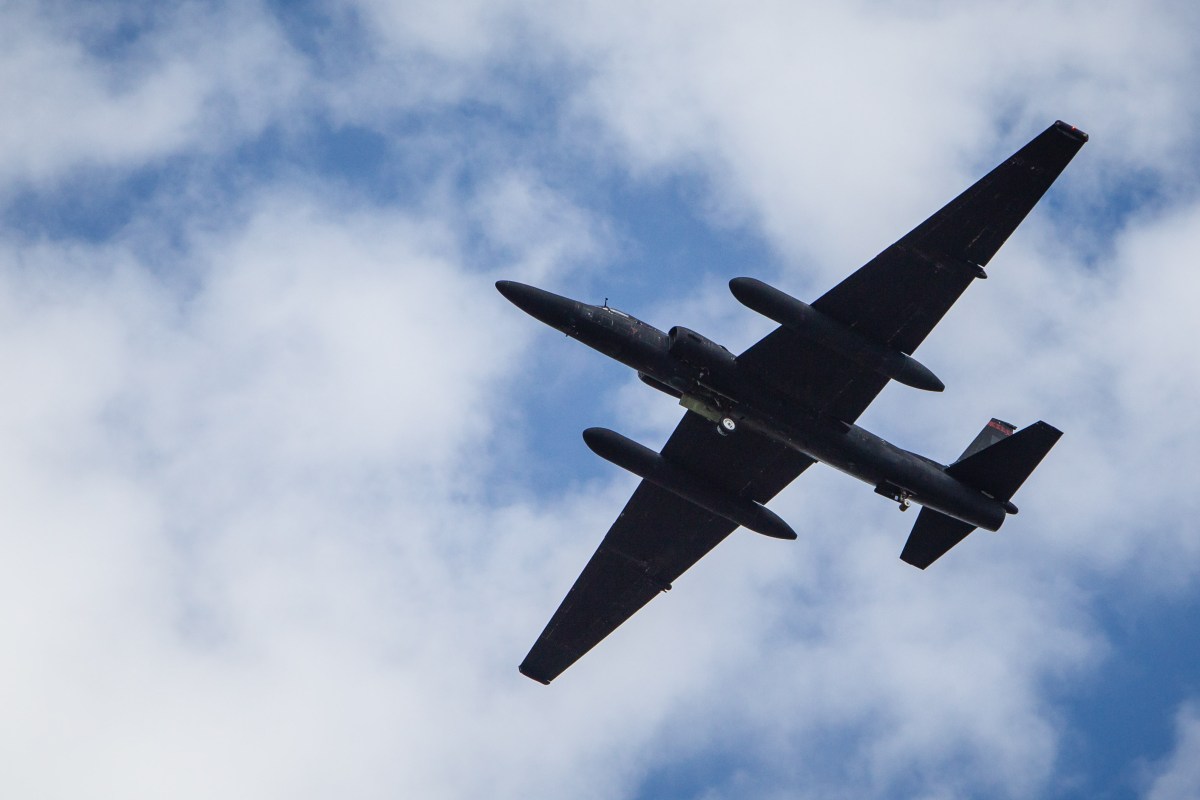Six decades after the U-2 flew its first mission, the military is trying to enhance the spy plane’s combat reconnaissance capabilities with artificial intelligence. U.S. Air Force reconnaissance experts have enlisted Stanford University engineering and business students in order to develop advanced computer programs to analyze the old-style Kodak film that the U-2 currently uses in hot zones such as Afghanistan, Iraq, Korea, Syria and more. The program would quickly scan miles of U-2 films and count cars, planes, motorcycles, buildings and even people. Right now, these tasks are arduously performed by human analysts after the plane gathers the data.
“Our analysts are already saturated with data—too much imagery, too few analysts, and too little time,” says U.S. Air Force Col. Jason Brown, commander of the 480th Intelligence, Surveillance and Reconnaissance Wing, according to The Wall Street Journal. “Imagine if an algorithm could sweep through the data to cue analysts on potential areas of concern. Airmen could spend less time searching and more time making sense of the things they see.”
The U-2 plane first started flying missions in 1957. Modernized versions perform humanitarian surveillance and still conduct combat overflight missions in Afghanistan, Syria and Iraq. They fly so high—70,000 feet or more—that pilots must gear up similar to astronauts. Thanks to their high altitude, the planes can photograph all of Afghanistan in one flight, using a 200-pound, two-mile-long roll of film. Check out a U-2 in action below.
Thanks for reading InsideHook. Sign up for our daily newsletter and be in the know.


















